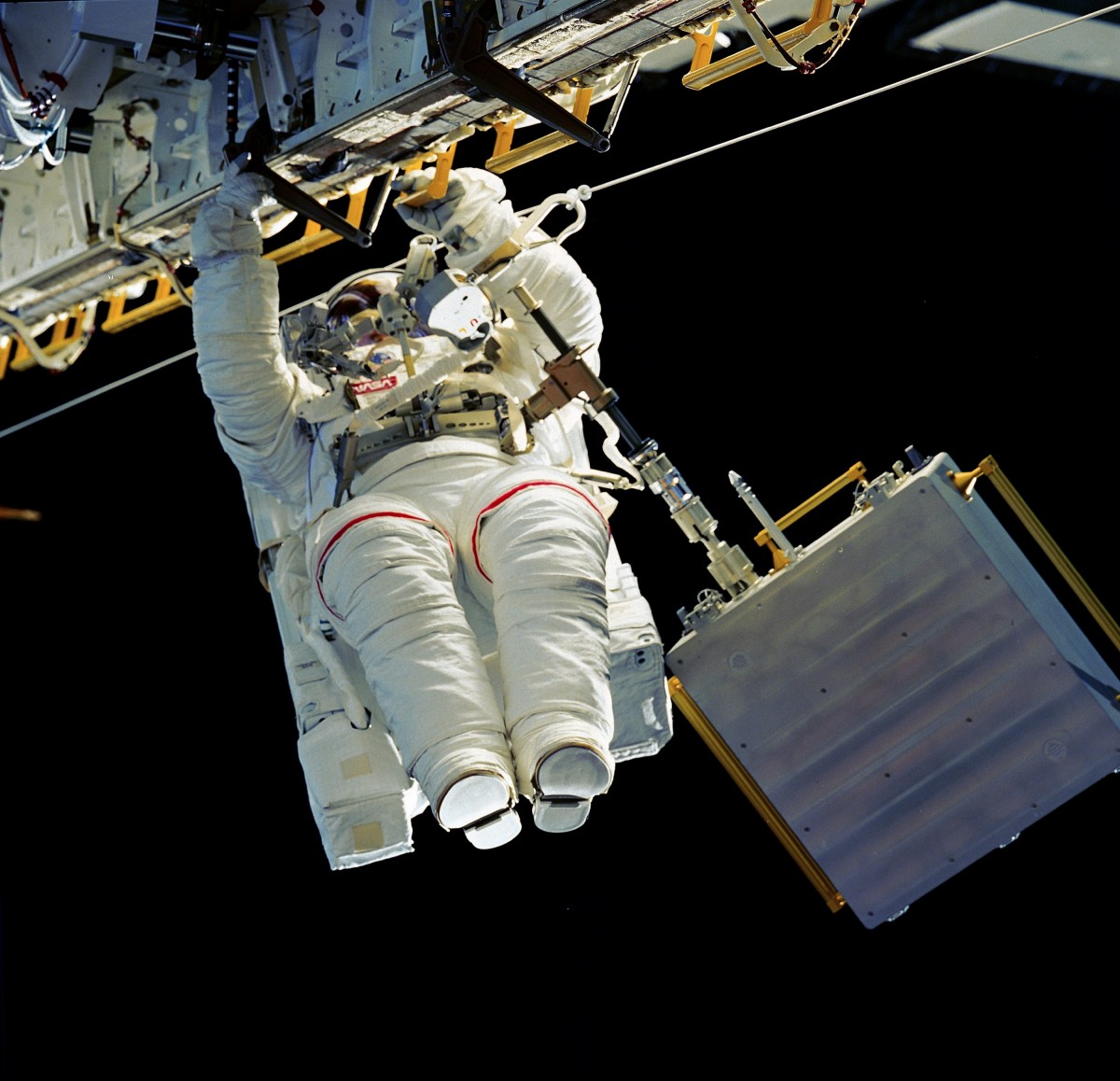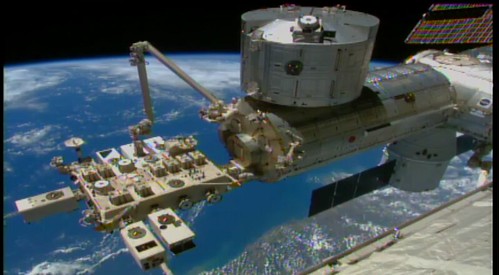
In the colossal expanse of space, a unique dance between gravity and acceleration unfolds aboard the International Space Station (ISS), creating an environment where astronauts appear to defy the Earthly rules of gravity. This phenomenon, often misconceived as ‘zero gravity,’ is actually a persistent state of free fall—allowing the ISS and everything within it to float as if gravity has relinquished its grip.

Located a mere 200 miles above Earth, the ISS is in a constant state of free fall, which explains the astronauts’ ability to float. Valerie Neal, a curator of space history, puts it succinctly, “They’re falling toward Earth and moving forward at about the same velocity.” This balancing act of downward and forward forces means astronauts are not pulled in any specific direction, giving the appearance of weightlessness.

The concept of microgravity might be misleading for some, as it implies that gravity’s effect is minuscule. However, gravity in space remains substantial—about 90% of what it is on Earth’s surface at the altitude of the ISS. The sensation of weightlessness is not because gravity is not present but because the astronauts, their spacecraft, and everything in it are in free fall around Earth.

The ISS orbits our planet at a staggering speed of 17,500 miles per hour, which perfectly matches the curvature of the Earth.

This synchronization means the space station continually falls towards the planet but never actually reaches it, perpetually missing the ground in what could be described as the secret of ‘flying’, as famously noted by author Douglas Adams.

NASA’s exploration of microgravity is not a quest of mere curiosity but a vital aspect of space exploration.

In microgravity, human physiology undergoes significant changes: muscles and bones weaken without the resistance they are accustomed to on Earth. Understanding microgravity is pivotal to ensuring the health and safety of astronauts on long-duration missions, including potential journeys to Mars.

Additionally, microgravity affects how physical processes occur. For instance, fires burn differently, and crystals grow more perfectly without gravitational pull. These changes are not just academic; they have practical implications for science and technology.

The sensations experienced in microgravity, however, are not exclusive to space. Here on Earth, specially designed airplanes can mimic these conditions, albeit briefly, by flying in parabolic arcs, giving passengers a taste of free fall. Even amusement park rides can offer a fleeting moment of this phenomenon.

The gravity experienced inside the ISS, while effectively close to zero due to its free-fall state, is a stark reminder that gravity is a universal force that governs the motion of celestial bodies, regardless of the scale. There isn’t a true “zero gravity” anywhere in the universe; it’s all a matter of perspective and relative motion.

As astronauts continue to live and work in this microgravity environment, they not only advance our understanding of the universe but also become living demonstrations of Newton’s laws played out in the vastness of space.

This intricate cosmic ballet between the Earth and the ISS continues to captivate those with a keen interest in the marvels of space and the endless pursuit of scientific discovery.


Relevant articles:
– Why Do Astronauts on the International Space Station Float and More Questions From Our Readers, Smithsonian Magazine
– What Is Microgravity? (Grades 5, NASA (.gov)
– Gravity on the International Space Station, Physics Stack Exchange
– Is the zero gravity experienced in ISS the “artificial” kind?, Space Exploration Stack Exchange
